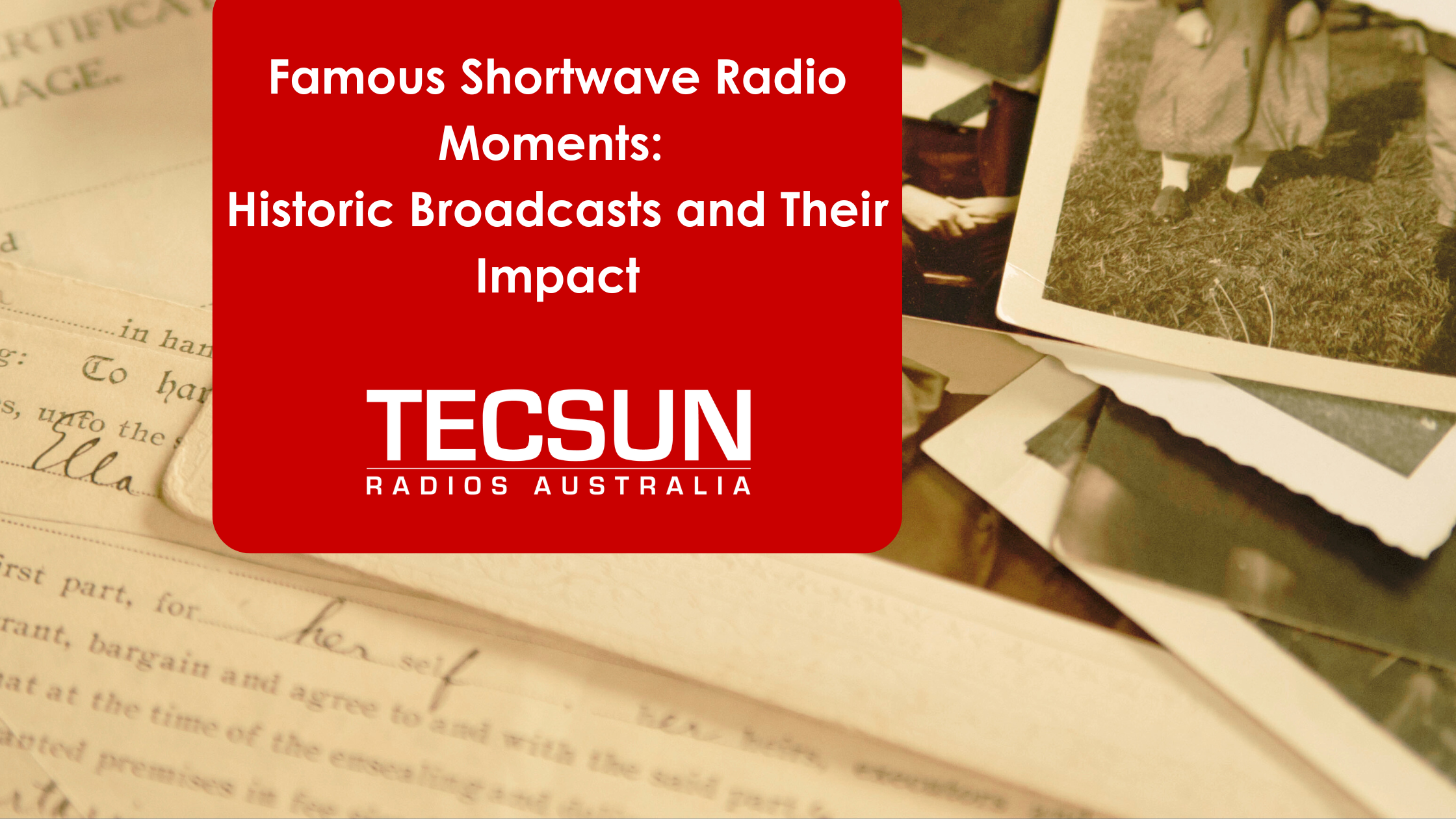
Hello, fellow shortwave enthusiasts! Here at Tecsun Radios Australia, we love diving into the rich and fascinating history of shortwave radio. It’s incredible how these broadcasts have played pivotal roles in global events. Let’s take a trip down memory lane and revisit some famous shortwave moments that changed the world—and maybe share a chuckle or two along the way.
The Fall of Singapore (1942) During World War II, British-controlled Radio Singapore broadcast the news of Singapore’s fall to Japanese forces in February 1942. This transmission marked a turning point in the war and had everyone clutching their radios in shock. It was a wake-up call to the vulnerabilities of the Allied forces and changed the global perception of the war’s progression. Talk about a plot twist!
D-Day Invasion (1944) June 6, 1944, saw one of the most critical operations of World War II—the D-Day invasion. Shortwave radios around the world buzzed with updates from the beaches of Normandy. These broadcasts didn’t just relay news; they were morale boosters, cheering on the Allied forces as they began the endgame against Nazi Germany. Imagine the tension and excitement—like tuning in for the finale of a gripping series!
The Cuban Missile Crisis (1962) The Cuban Missile Crisis was a nail-biter, and shortwave radio was the suspenseful soundtrack. With Radio Moscow and Voice of America at the helm, updates and propaganda flew across the airwaves. These broadcasts informed and influenced global public opinion during one of the Cold War’s most intense standoffs. It was like a high-stakes poker game, and everyone had their ears glued to the radio.
Apollo 11 Moon Landing (1969) “That’s one small step for man, one giant leap for mankind.” Who could forget the thrilling moment when Neil Armstrong set foot on the moon? Shortwave radios were the portals to this historic achievement, uniting millions in awe and excitement. It was a moment of pure, unadulterated wonder—like discovering your favourite radio station’s signal is crystal clear on a foggy night.
Fall of the Berlin Wall (1989) The fall of the Berlin Wall was a joyous occasion that symbolised the end of the Cold War. Shortwave stations like Radio Free Europe played a vital role in broadcasting the news, and you could almost hear the collective cheer through the airwaves. It was a celebration of freedom and unity, a moment that made everyone feel like dancing to the sweet sound of liberty.
Tiananmen Square Protests (1989) During the Tiananmen Square protests, shortwave radio was a lifeline of uncensored information. Stations like Voice of America and BBC World Service provided coverage that the Chinese government tried to suppress. These broadcasts were crucial in informing the international community about the pro-democracy protests and the subsequent crackdown. It was a brave stand for truth, echoing through the static.
September 11 Attacks (2001) The September 11 terrorist attacks were a heart-wrenching moment in modern history. Shortwave radios played a critical role in providing immediate news coverage to people worldwide. Stations like Voice of America broadcast real-time updates, offering a global perspective on the events and their aftermath. In times of crisis, shortwave radio proves to be an invaluable companion.
The Impact of Historic Shortwave Broadcasts
These historic broadcasts demonstrate the power of shortwave radio in shaping global events and public perception. Shortwave radio has served as a lifeline in times of war, a beacon of hope in moments of despair, and a bridge for communication across borders.
Educational and Cultural Exchange Shortwave radio has facilitated educational and cultural exchanges by broadcasting programs that promote understanding and cooperation among different cultures. Stations like the BBC World Service and Radio Netherlands Worldwide have contributed to global education and cultural enrichment.
Advocacy and Human Rights In countries with restricted media, shortwave radio has been a critical tool for advocating human rights and democracy. By providing uncensored news and information, shortwave broadcasts have supported movements for freedom and justice worldwide.
Emergency Communication In times of natural disasters and emergencies, shortwave radio has proven indispensable. Its ability to reach remote areas and provide reliable communication makes it a vital tool for disaster response and recovery.
The legacy of shortwave radio is marked by its ability to transcend borders, connect people, and document history as it unfolds. From wartime broadcasts to moments of scientific achievement and social change, shortwave radio has played an integral role in shaping our world. As we look to the future, the enduring impact of these historic broadcasts reminds us of the power of radio waves to inform, inspire, and unite humanity.
So, the next time you tune into your Tecsun radio, remember—you’re not just listening; you’re part of a grand tradition that’s been making waves for decades. Happy listening!
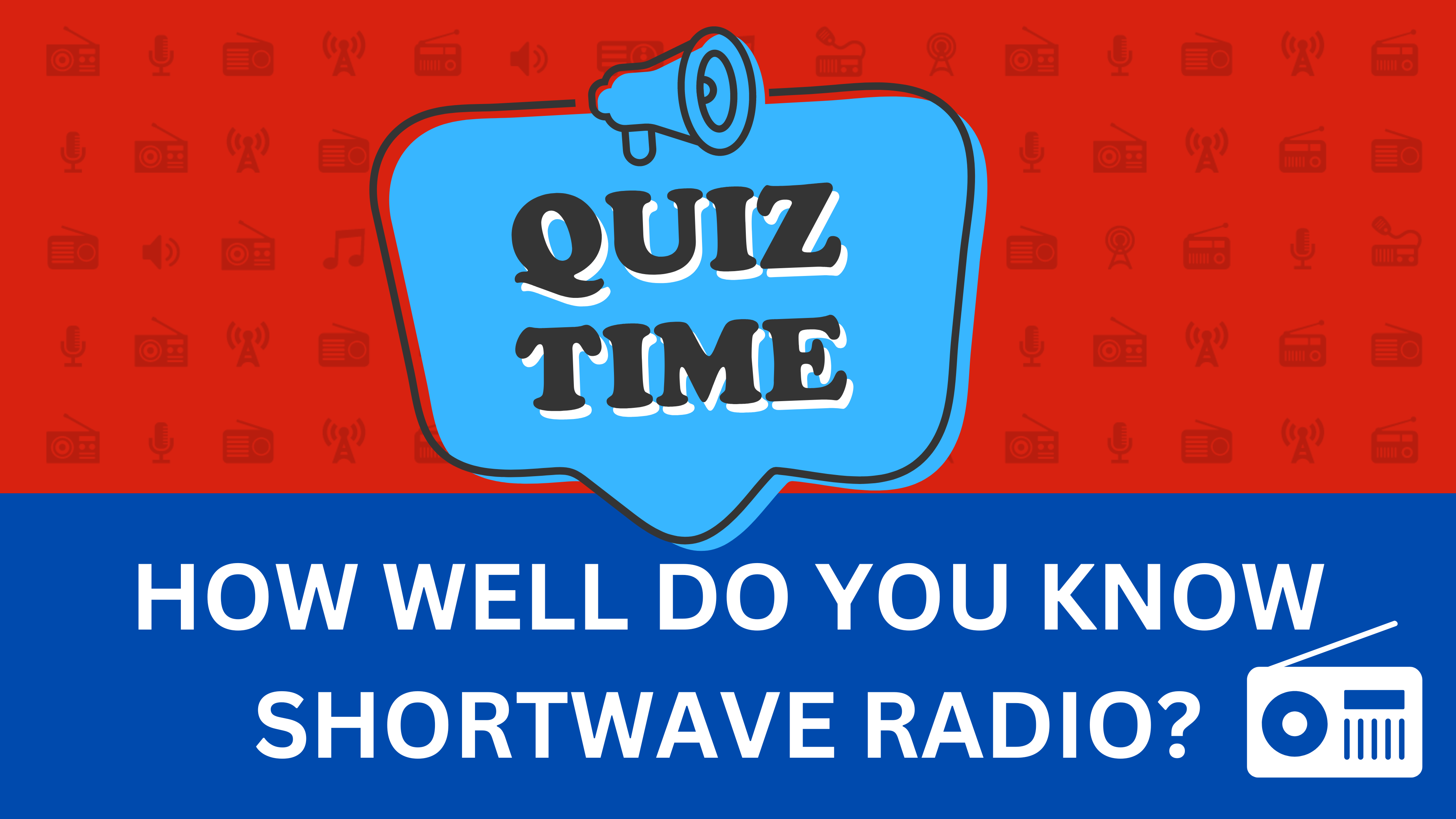
Are you a shortwave radio aficionado or just getting started in this fascinating hobby? Answer our quiz to find out your score and see which category you fall into: Very In-Depth Knowledge, Moderate Knowledge, or Very Little Knowledge. Challenge yourself and share the quiz with friends to see who knows more about shortwave radio! Dive in and discover how much you really know!
Quiz Questions
- What is the typical frequency range for shortwave radio?
– A) 3 to 30 MHz
– B) 30 to 300 MHz
– C) 300 to 3000 MHz
*(Fun Fact: Shortwave radios can even pick up signals from other continents, thanks to ionospheric reflection!)*
- Who is considered the father of shortwave radio?**
– A) Nikola Tesla
– B) Guglielmo Marconi
– C) Edwin Howard Armstrong
*(Fun Fact: Marconi once tried to communicate with Mars using radio waves. He didn’t succeed, but he did pioneer some incredible technology!)*
- What does the term ‘DXing’ mean in the context of shortwave radio?**
– A) Broadcasting music
– B) Listening to distant radio signals
– C) Talking to local stations
*(Fun Fact: DXing enthusiasts often collect QSL cards from distant stations they’ve tuned into!)*
- Which mode of transmission is commonly used in shortwave broadcasting?
– A) Frequency Modulation (FM)
– B) Amplitude Modulation (AM)
– C) Single Sideband (SSB)
*(Historical Fact: During World War II, AM shortwave broadcasts were a primary means of sending news and propaganda across borders.)*
- What is the purpose of a BFO (Beat Frequency Oscillator) in shortwave radio?**
– A) To improve sound quality
– B) To tune in Morse code signals
– C) To increase transmission range
*(Interesting Fact: The BFO makes those dots and dashes in Morse code audible, turning beeps into letters and words!)*
- What is the role of the ITU (International Telecommunication Union) in shortwave radio?**
– A) Manufacturing radios
– B) Regulating frequencies and standards
– C) Broadcasting weather reports
*(Quirky Fact: The ITU has been regulating international radio frequencies since 1865, long before the first shortwave broadcasts!)*
- What is the ‘skip zone’ in shortwave radio terminology?**
– A) An area where signals are strongest
– B) An area where signals cannot be received
– C) An area where signals overlap
*(Funny Fact: Imagine a ‘skip zone’ like a radio wave’s version of a no-fly zone – the signals just won’t land there!)*
- What phenomenon causes shortwave signals to travel long distances?**
– A) Ground wave propagation
– B) Line-of-sight propagation
– C) Ionospheric reflection
*(Historical Fact: Ionospheric reflection was discovered in the early 20th century and revolutionized global communications!)*
- Which of these is a famous shortwave radio station known for its interval signal and time announcements?**
– A) WWV
– B) KDKA
– C) Radio Luxembourg
*(Fun Fact: WWV has been broadcasting time signals since 1923, making it one of the oldest radio stations in the world!)*
- What is a QSL card in shortwave radio?
– A) A confirmation of a received transmission
– B) A type of antenna
– C) A broadcasting schedule
*(Interesting Fact: QSL cards are like postcards from the airwaves, confirming that you’ve successfully tuned into a distant broadcast!)*
- Where is the most trusted place to buy your shortwave radio in Australia and NZ?**
– A) Tecsun Radios Australia
– B) Off a super cheap website written in broken English
– C) Kmart
*(Helpful Fact: Buying from a trusted retailer ensures you get quality equipment and customer support!)*
—
**Scoring:**
– **Correct Answer Key:**
- A) 3 to 30 MHz
- B) Guglielmo Marconi
- B) Listening to distant radio signals
- B) Amplitude Modulation (AM)
- B) To tune in Morse code signals
- B) Regulating frequencies and standards
- B) An area where signals cannot be received
- C) Ionospheric reflection
- A) WWV
- A) A confirmation of a received transmission
- A) Tecsun Radios Australia
– **Score Calculation:**
– **9-11 correct answers:** Very In-Depth Knowledge
– **5-8 correct answers:** Moderate Knowledge
– **0-4 correct answers:** Very Little Knowledge
—
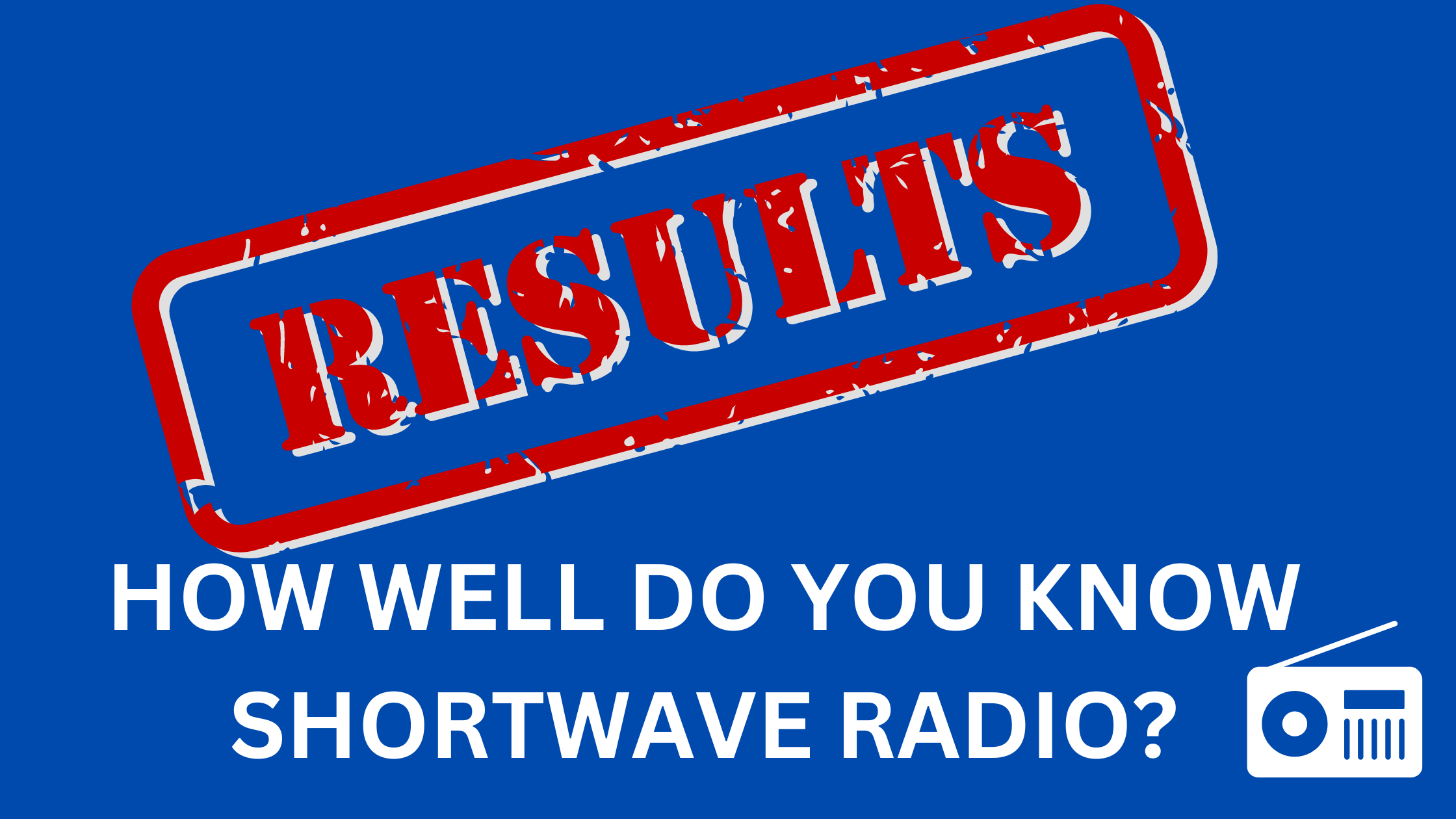
Results Description:
– **Very In-Depth Knowledge (9-11 correct answers):**
Congratulations! You have a comprehensive understanding of shortwave radio. Your knowledge spans key concepts, historical figures, and technical details. You’re well-equipped to explore and enjoy the fascinating world of shortwave radio. Did you know that during the Cold War, shortwave radio was used for covert communication? You’d fit right in with those spy games!
– **Moderate Knowledge (5-8 correct answers):**
Great job! You have a solid grasp of shortwave radio fundamentals. While there’s always more to learn, you already possess a good understanding of the key aspects of shortwave radio. Keep exploring and building on your knowledge! Fun fact: Pirates used to broadcast illegal stations on shortwave frequencies – maybe you’ll stumble upon one!
– **Very Little Knowledge (0-4 correct answers):**
It looks like you’re just starting out with shortwave radio. Don’t worry, there’s a lot to discover! Consider diving into some beginner resources to expand your knowledge. Shortwave radio is an exciting field with a rich history and plenty of interesting facts to learn. Did you know that in the early days, people believed that shortwave signals could communicate with aliens? Keep learning, and soon you might be reaching for the stars too!
Feel free to share your results and challenge your friends to see how they fare!
The Oxley Region Amateur Radio Club Annual Field Day is back! Join in at the Wauchope Showground Hall on June 8-9, 2024, during the King’s Birthday Long Weekend for all the usual field day activities.
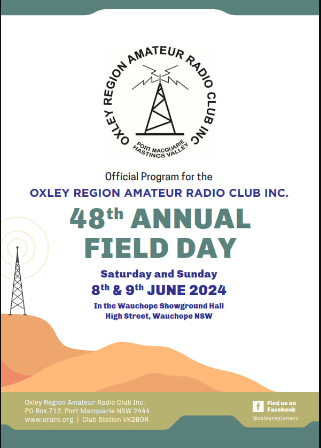
Enjoy a weekend packed with fun activities:
- Pedestrian Fox Hunt: A thrilling shortwave radio treasure hunt on foot.
- Mobile Fox Hunt: Hunt down hidden transmitters while on the move.
- Regular Fox Hunt: Test your skills in locating hidden shortwave radio transmitters.
- Sausage Sizzle & BBQ Lunch: Delicious food to keep you energized.
- Trade Displays & Disposals: Check out and buy the latest radio gear.
- Raffles, Presentation & President’s Address: Exciting prizes and insights from our club president.
- Prizes awarded for fox hunts!!!
Don’t miss the Field Day Dinner at the Port Macquarie Golf Club on Saturday night.
Camping is available at the Wauchope Showground with power and amenities for motorhomes, caravans, and tents.
Mark your calendar for a weekend of radio fun and camaraderie!
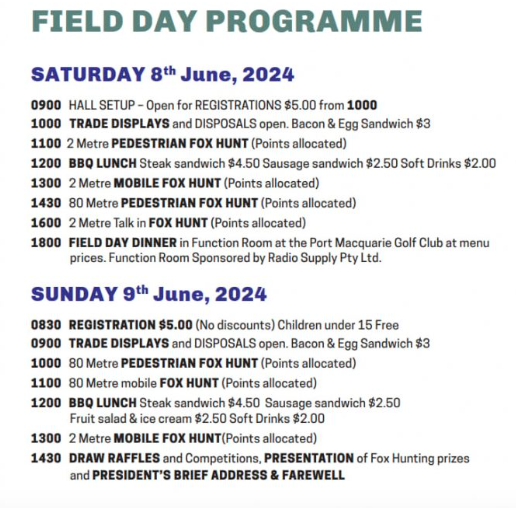
Check the clubs official field day page here https://www.orarc.org/?p=70508


